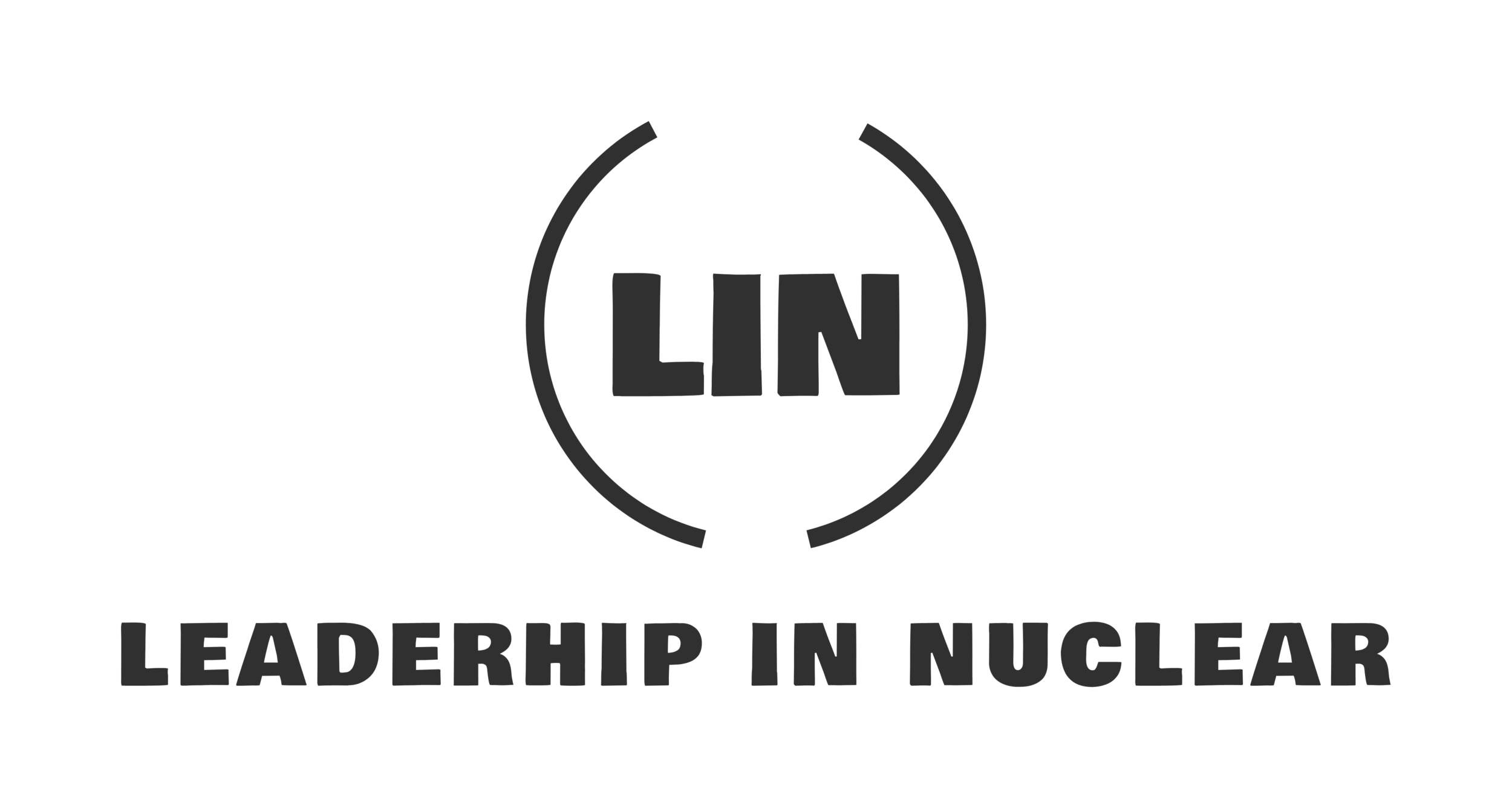Be aware of the leadership traps.
When you are the leader, you cannot surrender from your mandate. You are solemnly responsible for your team and their success. Not trusting your team and their knowledge to solve complex problems is the same as saying, I know what to do, and you don't.
The leader's task is to give direction, not telling the team how to do their job.
You can be clear about the different roles and responsibilities of each team member. However, If you don't communicate that the team's effort and results are the most important thing, very little cooperation will occur. Since one is too small of a number to achieve greatness, the outcome will always be below average.
As the leader, you have to give power and mandate away to the team members because you cannot do everything yourself. By giving power away, place your success in the hands of the team members. If the team members start to feel that the leader is there for himself and won´t give power away, the trust will be gone, and everyone will start thinking of themselves instead of what's best for the team.
Consequently, everyone will start blaming each other or other departments when the result isn't met.
Cost-cutting activities have its' ups and downs.
Another short-term thinking pattern is the annual cost-cutting activities. One strategy that many companies apply is lowering the budgets with the intent of driving change. The theory behind this strategy is that you have to develop new ways of doing things to achieve the same result. Sometimes this works, and sometimes it doesn't.
When it doesn't work, one consequence is that people stop thinking and do things without taking responsibility for the outcome. Accountability will be low throughout the organization.
If you are going to cut costs, you have to do it with a cross-functional group that can overlook the consequences.
A healthier way of increasing productivity is by launching an expectation and perhaps a program for continuous improvements. These programs stimulate higher efficiency. Sometimes these initiatives cost money, and the leaders have to be willing to allow higher costs, initially, to harvest improved results in the end.
Micromanaging decreases productivity.
An ineffective organization will experience adverse symptoms such as high turnover, silo thinking, blame culture, and reactive behaviors.
This reactive-based thinking can lead to an operative-oriented management team. In case something doesn't work, a typical response is to follow that task regularly in the management team meetings.
Doing so sets an example that the management team doesn't trust the organization and the people. However, in some cases, it can be valid though to set an example. However, if it is applied regularly, accountability will decrease.
Instead of reporting directly to the management team, a better way would be to set up a structure where the reporting is done directly back to a group of middle managers. These middle managers can, in their turn, report back to the management team.
In this way, the middle managers take ownership of the problem, and they will only ask for guidance and support if they need it.
You have to realize that the shadow's law is powerful, and the higher up in an organization you go, the stronger it gets. The shadow's law says that everything you say gets amplified further in the organization the information goes.
Another way of avoiding micromanaging is to focus on strategic issues as the company's direction, competence and leadership development, requirement, alliances, continuous improvements, company core values, etc.
Have faith in these initiatives because they will lead to a better result in the end, even though they take a longer time.
You build your success like you build a house, brick by brick. Eventually, your home will withstand any storm that comes your way.
Often I talk about momentum in an organization, and once you have the momentum going, you will solve more than 80 % of all the problems. It is like a train that runs at high speed. Imagine that the train emerges a brick wall with high speed; the train will smash right through.
On the other hand, if the train has low speed, the tiniest little rock causes the train to a stop.
The same analogy is valid for any organization.
So, in essence, be aware of the leadership traps and keep your momentum going.
